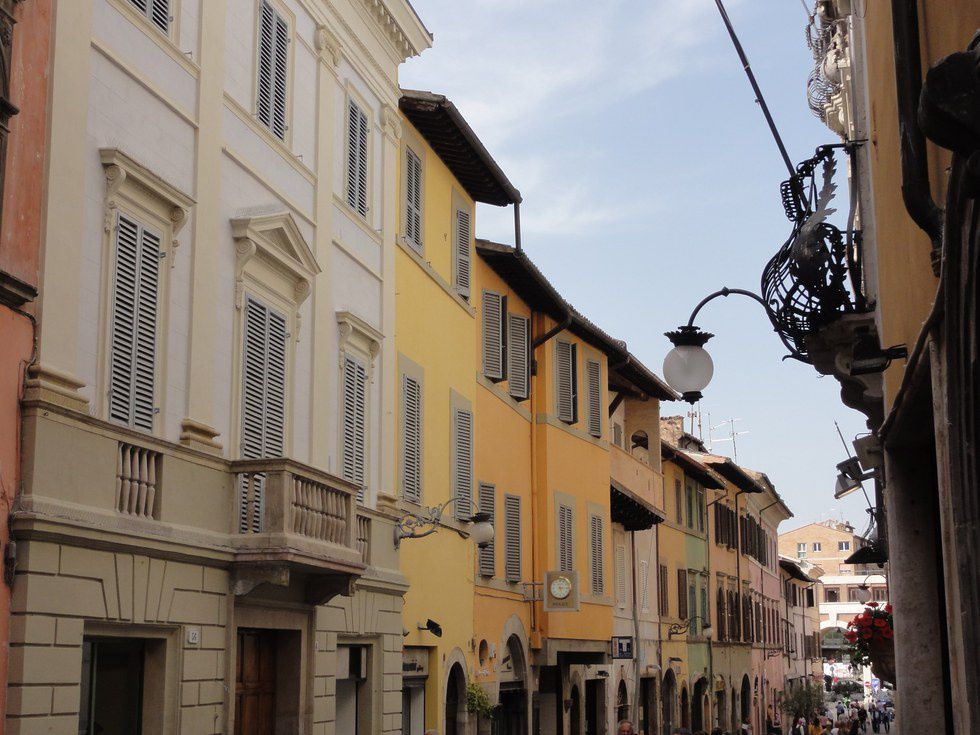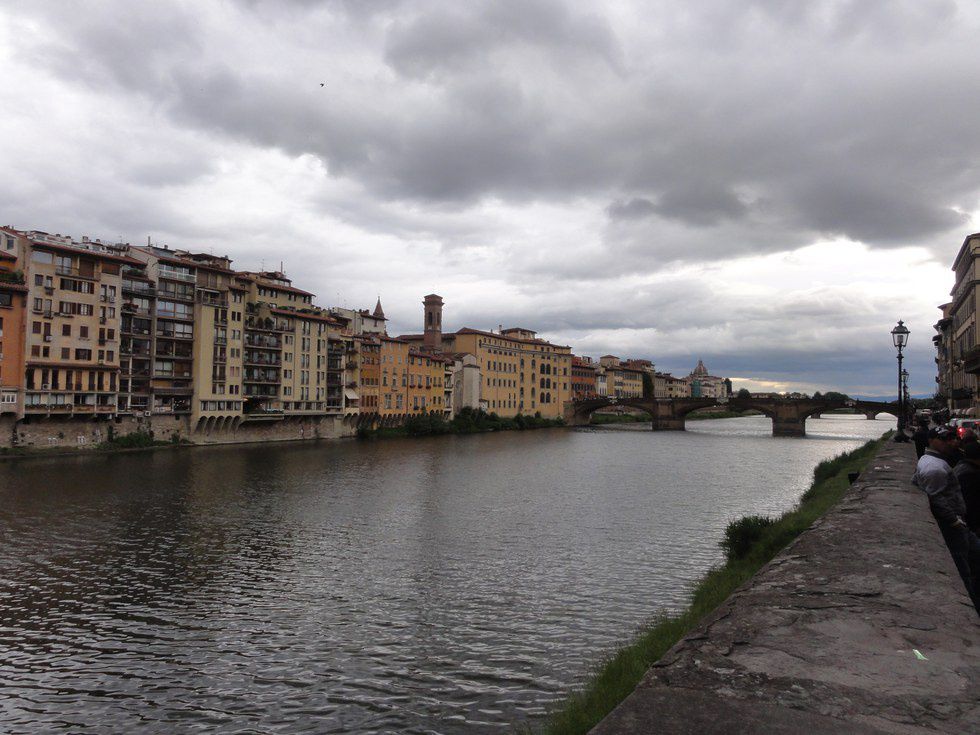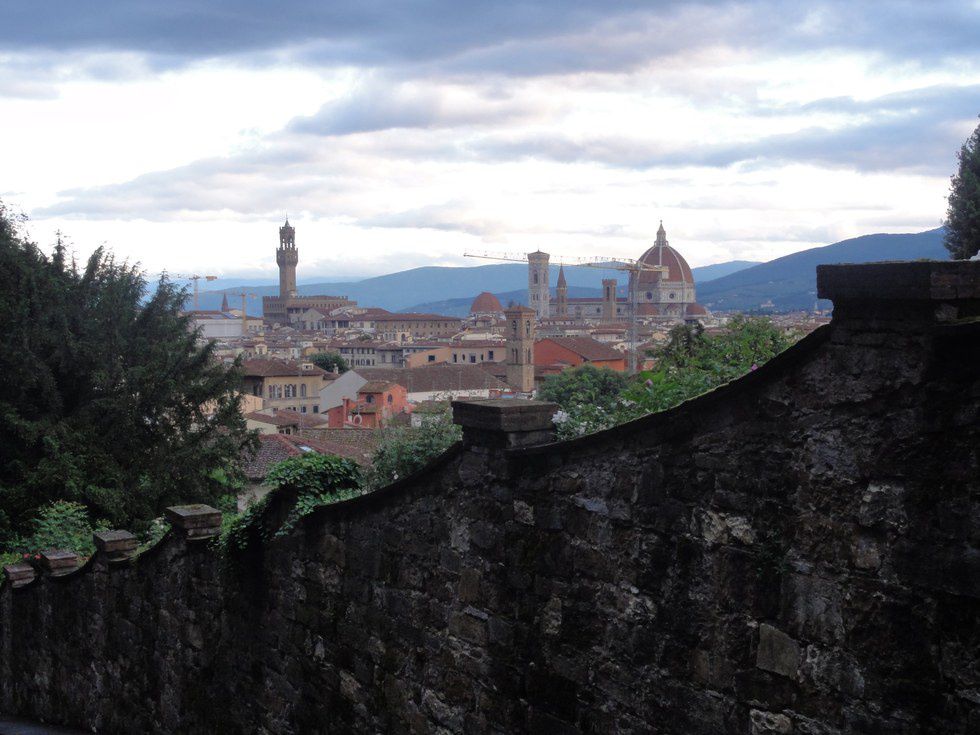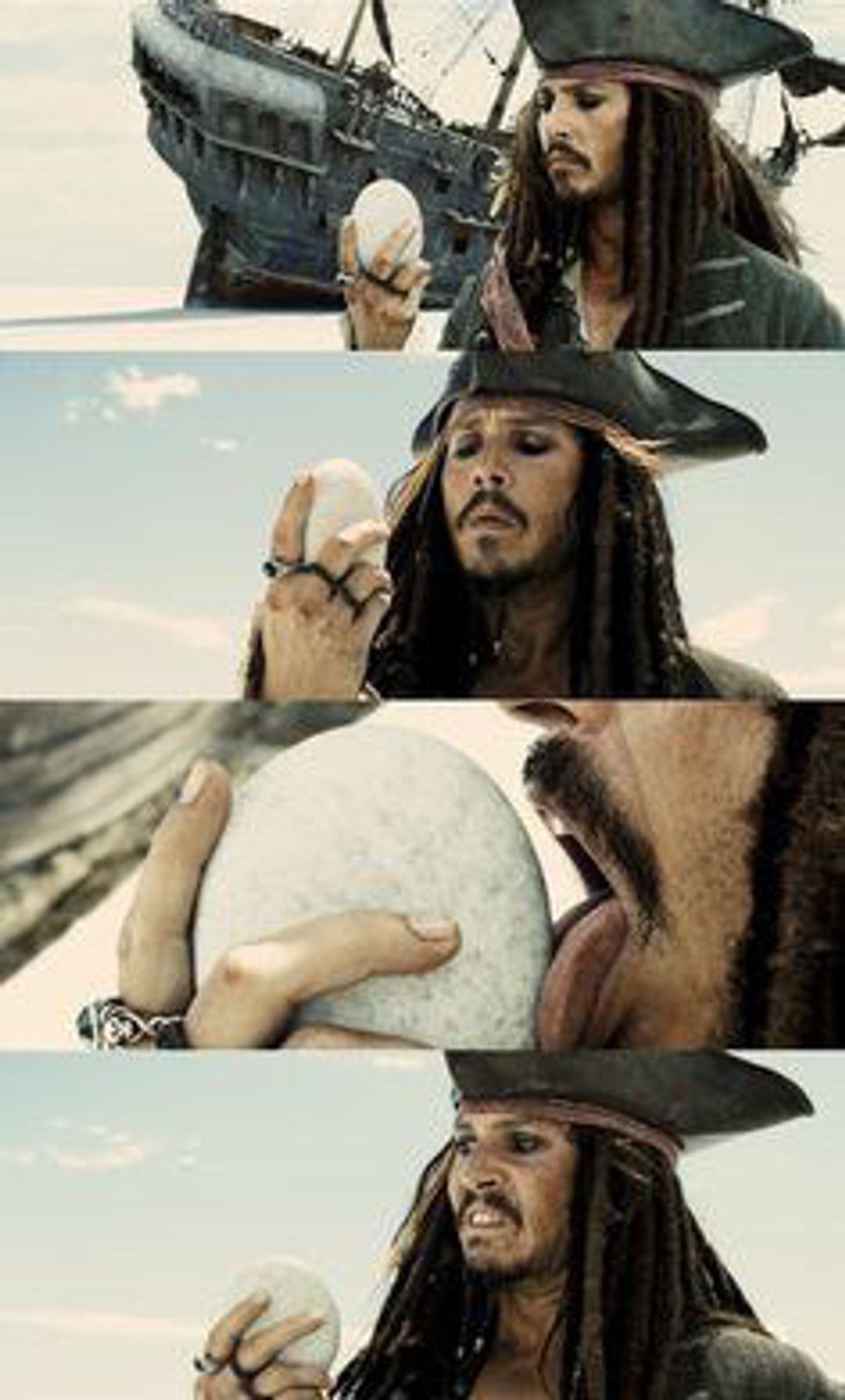In the summer of 2015, I had the good fortune to study abroad in Charleston's sister city, Spoleto, Italy. I wanted to relate a significant moment from that trip, when we traveled to Florence and discovered that the most memorable and educational experiences don't require a classroom.
A dim light from the street lamps nuzzled its way through the white chiffon curtains. The room was empty. The sun wasn’t up. A siren suddenly cut through the darkness: my alarm signaled 4:45 AM. The night before—or rather, a few hours earlier—I decided that walking to the Piazzale Michelangelo to watch the sunrise would be a fitting conclusion for my three-day sojourn in Florence. That was before I looked at the forecast: cloudy, the distance from the hotel (one and a half miles) and the time that the sun actually rises: 5:40 AM. Tentatively emerging from bed, I resolved that it was at least worth a try. I slowly shut the door behind me—so as not to disturb the sleeping neighbors—and dropped my key at the unmanned front desk. As I shuffled down the staircase, I almost wished I could be sleeping in, nursing a hangover like the rest of the study-abroad students, instead of traipsing across the city in the obscenely early morning. But I descended the three flights of stairs and exited the hotel, convinced that it was necessary.
The sidewalk was dark, vacant. I turned the corner and started the familiar route to the Duomo. The shops and cafés along the street—which appeared so hospitable in the afternoon—looked like they’d been abandoned in the wake of some apocalypse. The display cases brimming with chocolate croissants were hidden behind locked doors and metal barriers. I was nearly alone; every so often male figures manifested themselves in the artificial glow of a street lamp, spoiling my solitude. As I walked into the Piazza San Giovanni, I glimpsed the cathedral’s ornate bell-tower peeking over the scaffolding that surrounded the Baptistery. From the puddles in the cobblestone sidewalk, my reflection peered up at the darkened storefronts and unoccupied restaurant patios. In a few hours, this silent square would be overrun with selfie-stick vendors and people with no interest in buying them (either because they recognized how ridiculous they were, or because they already had their own). I traversed the streets without the threat of unpredictable traffic, eventually wandering beneath the arched entrance to the Piazza Della Repubblica. In absolute darkness, the expansive square absent of tourists seemed like the forgotten urban backlot of a Hollywood film studio.
I continued down the street, waiting for another landmark to guide me. Suddenly the Palazzo Vecchio, Florence’s town hall, commanded my attention. Its stone tower extended above the rooftops, drawing me safely toward the Piazza Della Signoria like a land-locked lighthouse. Twenty minutes until sunrise. I turned down another street and passed the Uffizi, eventually reaching the Ponte Vecchio. In the afternoon, the bridge would be glittering with gold jewelry, Italian merchants on both sides of the thoroughfare fishing with 22-karat bait in the stream of affluent tourists. But this morning, the shops overlooking the Arno River were boarded up. The river itself was sinisterly still in the pre-dawn darkness.
When I crossed the bridge, I was confronted by a row of buildings that divided the road. To the left, the street continued alongside the Arno. The sidewalk was wide, open, well-lit. To the right, Via dei Bardi cut a claustrophobic path through the darkened residential district. The latter promised a shorter route to the Piazzale Michelangelo, however, which made all the difference. I took the route to the right; the microscopic sidewalk was bordered by dizzyingly tall, uniformly gray townhouses, making it more of a narrow hallway than a street. Straying from the two and a half inches of sidewalk into the slippery black road guaranteed a death by Fiat, as they intermittently thundered across the cobblestones to some unforeseeable destination. I continued my hike uphill past the sleepy storefronts and homes. And then I recognized, along the ribbon of dark road, a familiar building. It blended seamlessly into the anonymous apartments on either side. If I hadn’t been there just two days earlier, I would have thought nothing of its indistinct and featureless façade. It was the home of Count Niccolò Capponi, a descendant of a venerable Florentine family, and one of the more significant memories of my trip. Lecturing at a wine salon, he provided a taste of his vine-ripened wisdom: “You’re an endangered species,” he remarked, swirling his Chianti as if it were a reflex. “Only folly can save you.” Five minutes until sunrise. I reached a set of stairs that seemed to extend endlessly skyward, and knew I must be getting close. I would be late, but I’d made it this far.
Finally I reached the summit. The sun had already risen, although it remained hidden behind a curtain of clouds. From the corner of the expansive, empty Piazzale, I saw a picaresque trinity of landmarks—the Ponte Vecchio suspended above the undisturbed Arno, the slender silhouette of town hall, the dormant Duomo and its bell tower, projecting skyward like a fancy candlestick—laid out as if they were chess pieces atop an expansive brown checkerboard. As the sun climbed higher, the thick gray fog disbanded to reveal a pastel sky. The placid Arno reflected the blue and pink clouds overhead. The distant Apennines, dark and dotted with villas, hemmed in the flat urban landscape. I leaned on the railing, still damp from midnight rain, and watched the sun slowly illuminate the city.
The streets below were still inactive, but at the Piazzale the cleaning crew was busily sweeping. An employee approached me as I was taking pictures; I anticipated, as his broom swung closer, a cheerful exchange of “ciao.” Instead he continued smiling and sweeping and said with effortless English and indomitable nonchalance, “Lookin’ good.”
Florence certainly was.







































